Avoiding Content Management Pitfalls in the Modern Website
Imagine you’ve written a post for your association’s website that you’re particularly proud of, and you can’t wait for your members to read it. It’s a well-researched, beautifully crafted piece that you’ve put a lot of care into making it visually appealing, too. Those desktop publishing courses from Lynda.com are really coming in handy!
Then you go to paste your work into your website’s content management editor, and what you see published to your site isn’t the magnum opus you had in mind. What you see is mostly plain text. Maybe some of the bolded text you included in your post have kept their intended formatting, but the overall effect is lost. The table of data you whipped up in Excel is heinous. And worst of all, the most important quotations from your research fade into the rest of the text and don’t include the links to your cited sources. Your readers could easily get confused that you’re offering this as your own intellectual property, rather than correctly attributing it to your research.
In his piece in New York Magazine last month, Don’t Trust Your CMS, Max Read wrote that relying on your CMS to successfully keep your intentions pure in your writing is wishful thinking at best, and possibly even dangerous to your career and organization. He referenced the recent firing of New York Daily News editor Jotham Sederstrom, who seems to have green-lit a piece by Shaun King that appeared to plagiarize other writers’ work. In truth, King’s writing properly cited the quotes in his article—it was the Daily News’ content management system which stripped out any of the formatting that made it clear these were cited sources and not simply copied text.
And Read is right. We can’t trust our writing tools to keep the intended meaning of our message for us; but what’s to be done?
If we can’t trust the tools we have, we should trust our technology partners to help us build tools that meet us halfway. Recently, the development team here at ATS worked with a client to create a blockquote and citation solution that worked within CMS’s limitations and trained the association on how to use this custom implementation. While this is a small example, it shows how CMSs can be built into better tools for web editors to avoid hairy situations like the Daily News issue. The trick is just finding the right content management system developers to help you get there.

